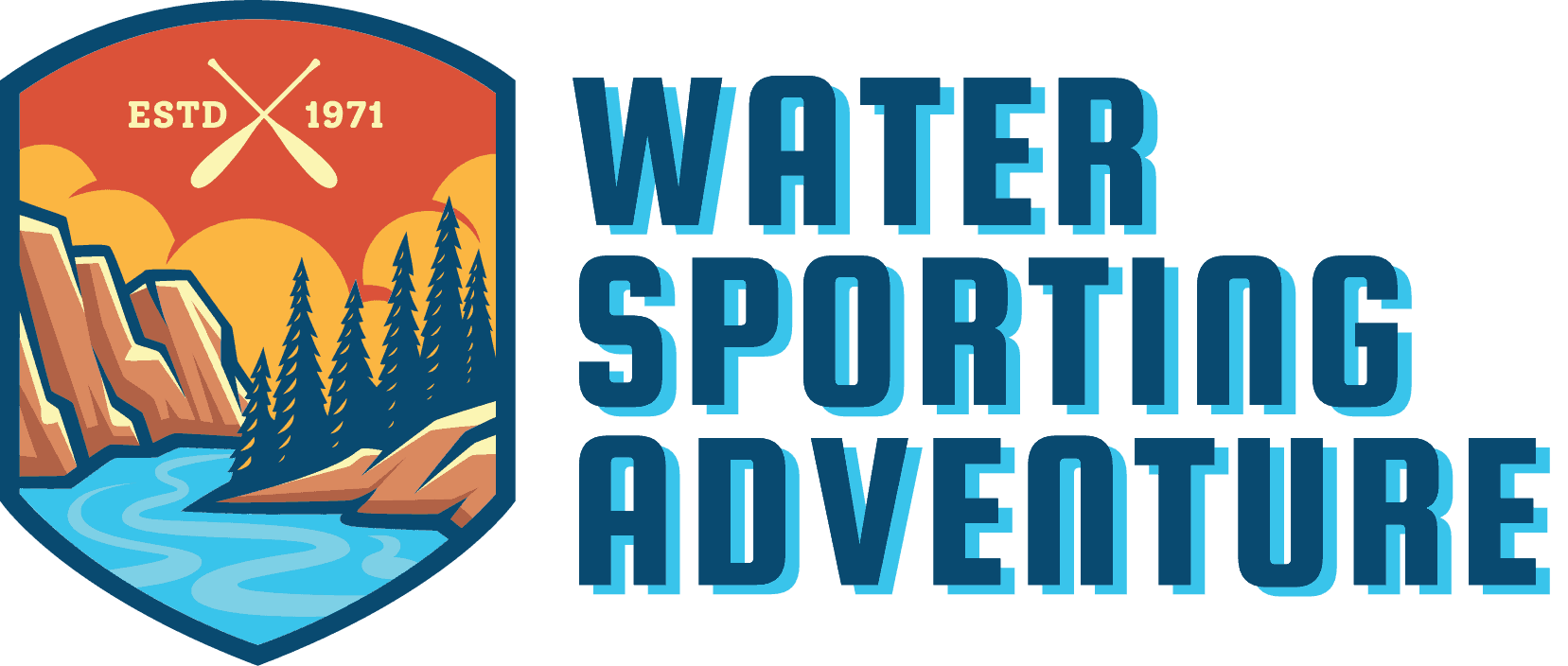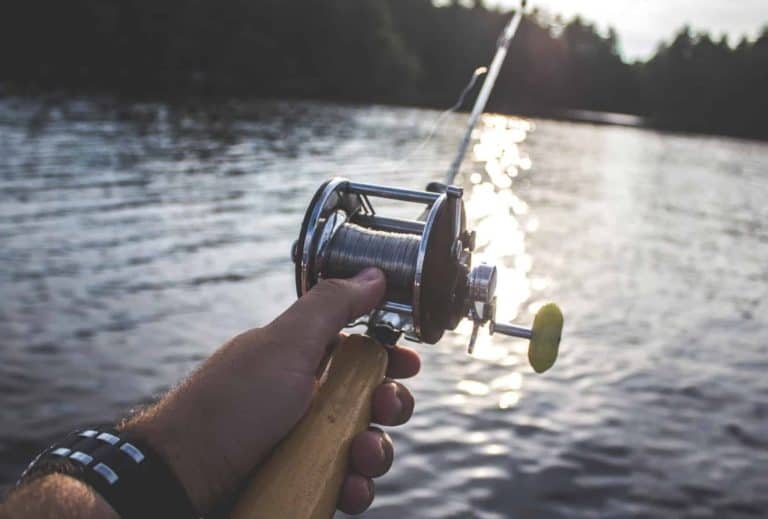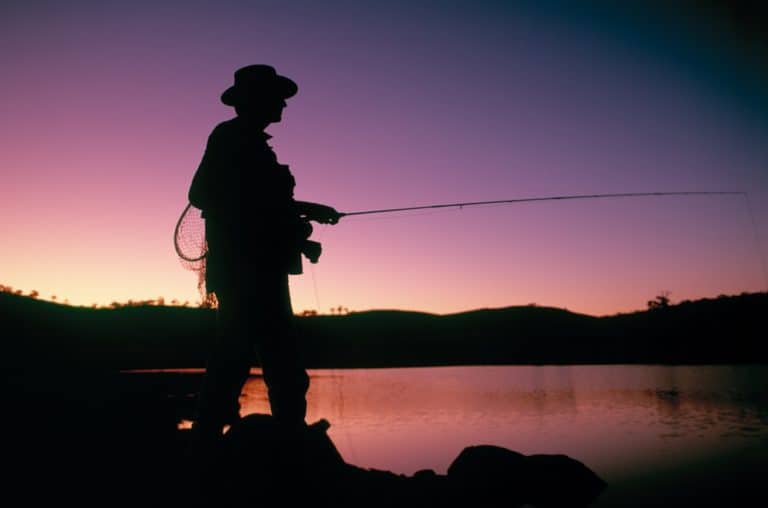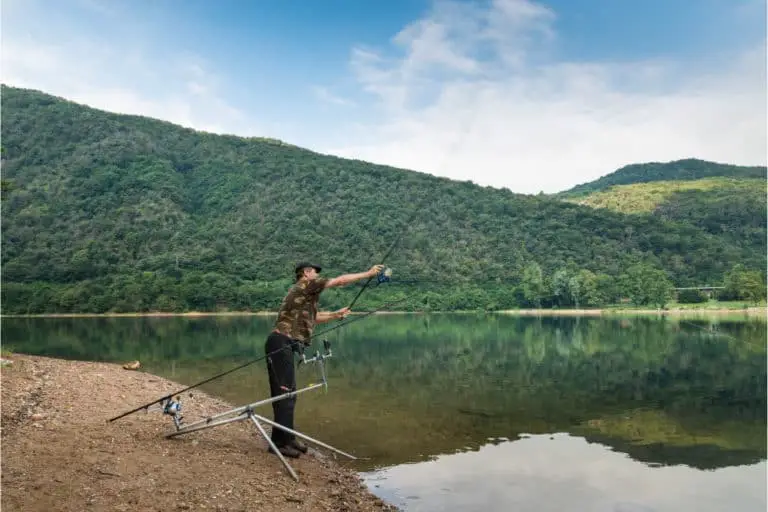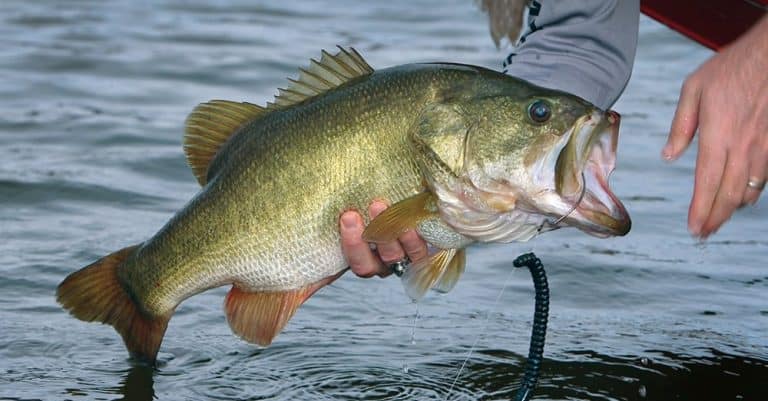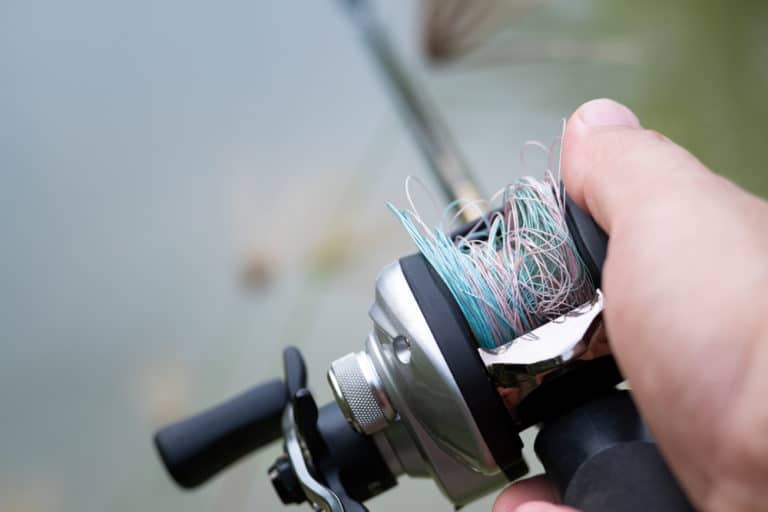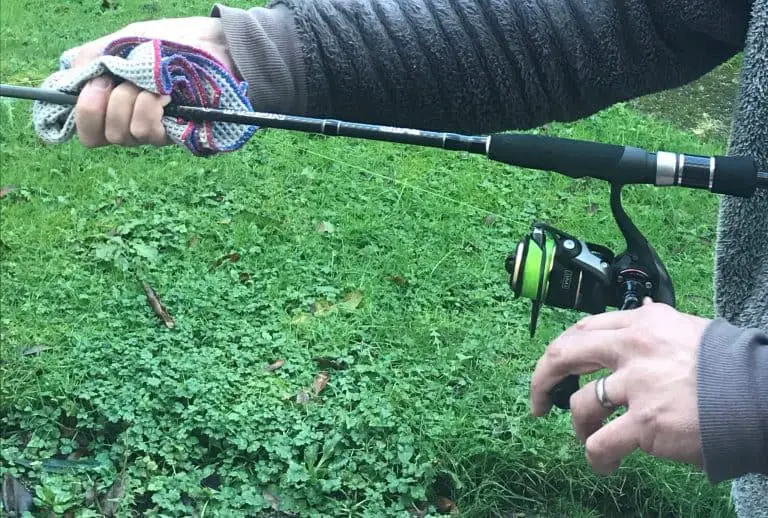How To Catch Bigger Crappie
Smaller crappies can be particularly easy to catch when you find them schooled up, especially in shallow waters, however, bigger crappies are more elusive as they tend to disperse to deeper areas of water where they become more difficult to find and don’t congregate in big schools like they do when they’re smaller.
If your goal is to catch big crappie but you seem to always be coming up short, then you’ll want to keep reading to find out how to catch some bigger crappie.
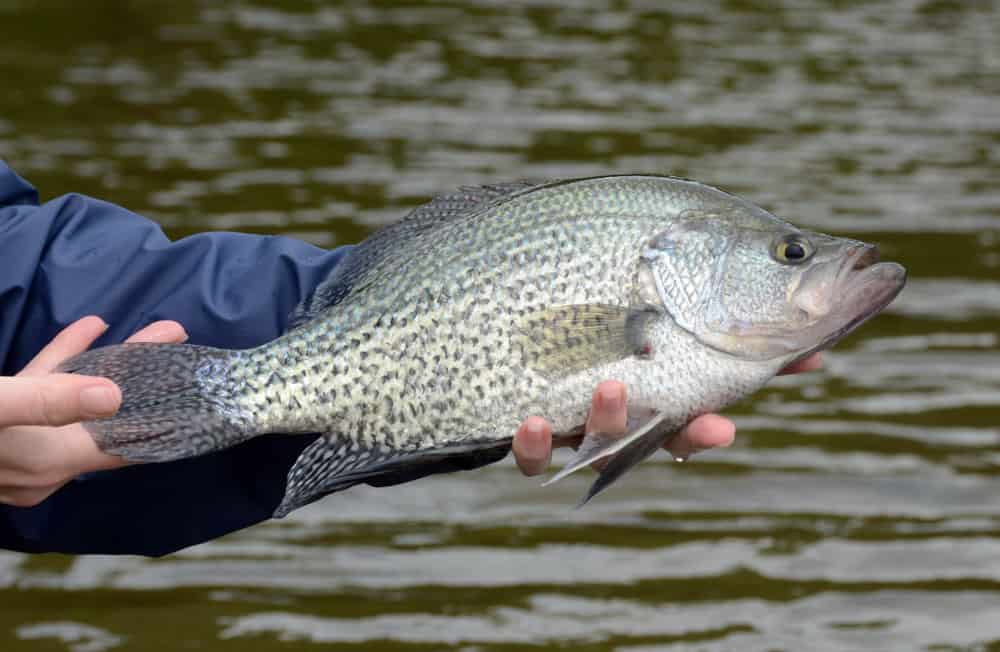
Tips For Catching Bigger Crappie
Use Giant Jigs
Big crappies will eat bigger baitfish, so they’ll end up ignoring smaller-sized jigs that anglers will often use.
So try to use giant jigs to be able to catch larger crappie – one that you would use for a bass should be good. Just pop your jig into crappie-prone areas and see what you can find.
Try Bigger Lures
Not every crappie loves a minnow or small bait, so if these aren’t working for you then try using a bigger lure. Have a multitude of baits or lures on board so you can find out what the fish want and therefore have a better chance of catching a big one.
If you’re only using lures and not bait, you may even want to consider scenting your lures to encourage the crappie to bite.
Consider Fishing In Open Waters
If you look up where the best place to find big crappie is, most people will recommend lakes with deep areas and muddy bottoms. However, this isn’t always the case for all big crappies. If you’re having no luck in your usual spots, then why not consider taking your crappie fishing out to open waters.
Bigger crappies have larger appetites and will happily roam out beyond their usual places to feed. They often eat shad, a fish you’ll find most commonly in open waters so venture out from enclosed banks and try to use your fish sonar unit to locate some schools of shad and then drop your crappie jig.
Try The Jarring Technique
A technique used by the old school pros before sonars were around to catch considerable-sized crappie was the jarring technique. Fill a see-through gallon glass jar with water and punch some holes into the lid.
Put around 10 live minnows inside the jar and then put the lid on. Tie a strong piece of string around the lid and lower it in a place you’ve previously caught crappie.
Put some live minnows on hooks right beside the jar at the same depth.
Crappie will be able to see the live minnows through the glass jar and try to attack it, not knowing that the glass is in the way.
Hopefully, the crappie will be more likely to take the bait and you’ll have better luck catching something.
Don’t Linger In The Same Place
If you’ve been casting in the same location for a while and you’re only catching small crappie, then chances are there’ll be no big crappie around, so you’ll want to move on to a different spot.
If you’re only finding small crappie within shallow areas, then try moving to a deep cove that’s shaded by trees or a deeper bank side.
The fish will soon catch on that you’re fishing in the area, especially if they are seeing you catch and reel in crappie. So the quicker you move on, the more chance you’ll have of finding something bigger.
Frequently Asked Questions
How do you fish for big crappie?
Use giant jigs instead of smaller ones to catch your crappie, as they like to fill their bellies with one bit of food instead of multiple little bites, this will allow you to have a better chance of catching big crappie, but not so many crappies.
Try to use live bait when fishing for big crappie, the movement will make them more susceptible to their eyes and will excite and encourage them to feed.
In the fall and spring months, try fishing for big crappie under docks in shaded areas, try to cast your baits as far back as you can or you can choose to drop the jigs straight down vertically from standing on top of the dock.
Where can I find a large crappie?
Southern states of the US are often the most common places where you’ll be able to find the largest crappie or often called ‘slab’ crappie due to their larger size.
So if you’re looking to catch some big ones, then head down to the lakes in Tennessee, South Carolina, or Alabama to get the most success.
You may still be able to find some decent-sized crappie in your home state, you just might need to look a bit harder.
If you’re currently struggling to find large crappie, then one of the issues could also be to do with your fishing in a location that doesn’t have an abundance of crappie in the first place.
Crappie are best located in large ponds or in shallow areas of lakes where there is a sandy or muddy bottom.
What is considered a good sized crappie?
Around 14 to 16 inches would be considered good-sized crappie.
As for what is considered to be trophy-sized crappie, then anything over 2-4lbs will be high up in the rankings. However, this may change upon the body of water that you’re fishing in and also the state you’re fishing in as sizes of crappie can vary from state to state.
Do big crappie school with small crappie?
For the most part, big crappies do tend to school with other crappies of the same size, however, it’s not uncommon to see bigger crappies under a school of little ones.
A general rule should be, if you spot or catch some small crappies, it’s probably worth your time to move on to another spot as large crappies prefer to be on their own than in larger groups.
